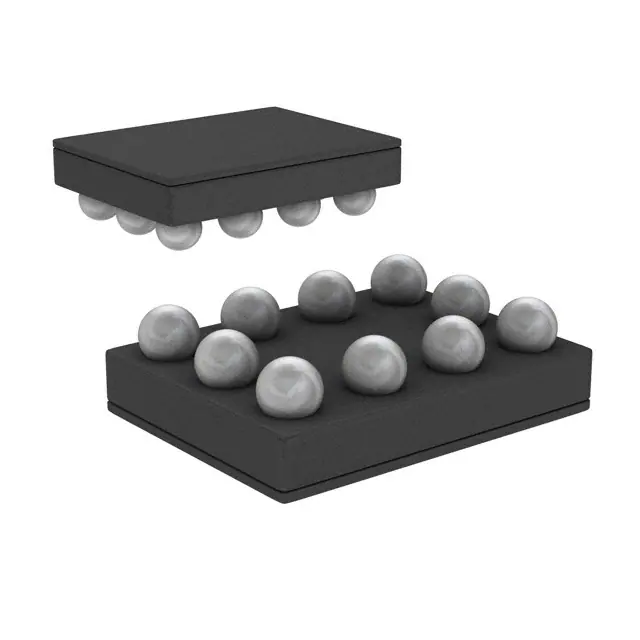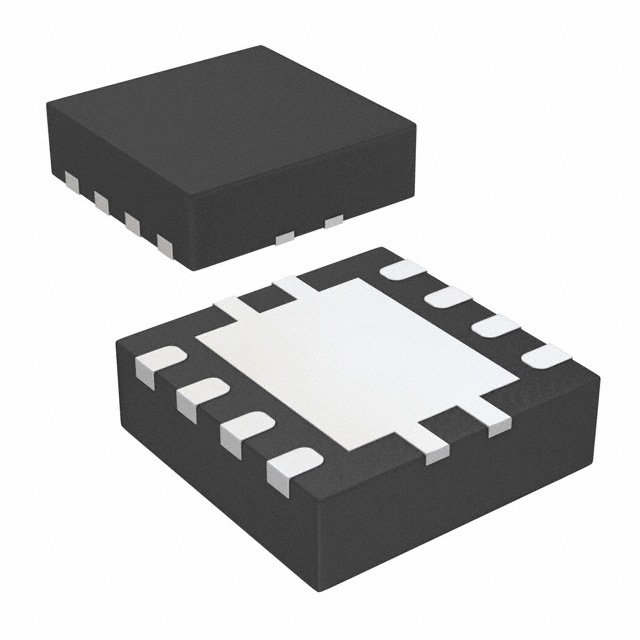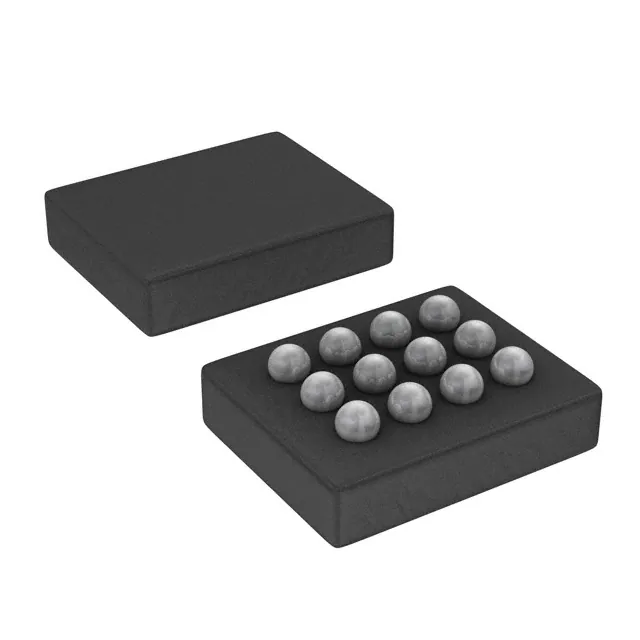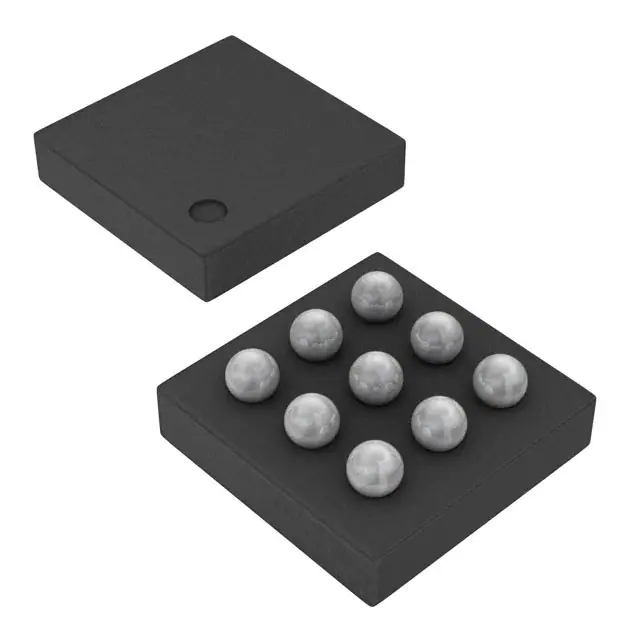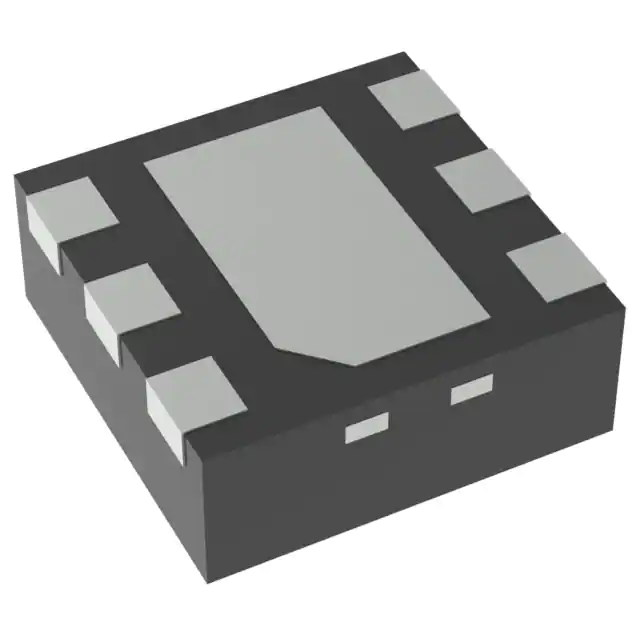The LM34919TL/NOPB Step Down Switching Regulator features all of the functions needed to implement a low cost, efficient, buck bias regulator capable of supplying 0.6A to the load. This buck regulator contains an N-Channel Buck Switch, and is available in a 10-pin DSBGA package. The constant on-time feedback regulation scheme requires no loop compensation, results in fast load transient response, and simplifies circuit implementation. The operating frequency remains constant with line and load variations due to the inverse relationship between the input voltage and the on-time. The valley current limit results in a smooth transition from constant voltage to constant current mode when current limit is detected, reducing the frequency and output voltage, without the use of foldback. Additional features include: VCC under-voltage lockout, thermal shutdown, gate drive under-voltage lockout, and maximum duty cycle limiter.
Feature
- Integrated N-Channel buck switch
- Integrated start-up regulator
- Input Voltage Range: 8V to 40V
- No loop compensation required
- Ultra-Fast transient response
- Operating frequency remains constant with load current and input voltage
- Maximum switching frequency: 2.0 MHz
- Maximum Duty Cycle Limited During Start-Up
- Adjustable output voltage
- Valley Current Limit At 0.64A
- Precision internal reference
- Low bias current
- Highly efficient operation
- Thermal shutdown
- 10-Pin DSBGA Package
The LM34919 Step Down Switching Regulator features all of the functions needed to implement a low cost, efficient, buck bias regulator capable of supplying 0.6A to the load. This buck regulator contains an N-Channel Buck Switch, and is available in a 10-pin DSBGA package. The constant on-time feedback regulation scheme requires no loop compensation, results in fast load transient response, and simplifies circuit implementation. The operating frequency remains constant with line and load variations due to the inverse relationship between the input voltage and the on-time. The valley current limit results in a smooth transition from constant voltage to constant current mode when current limit is detected, reducing the frequency and output voltage, without the use of foldback. Additional features include: VCC under-voltage lockout, thermal shutdown, gate drive under-voltage lockout, and maximum duty cycle limiter.

